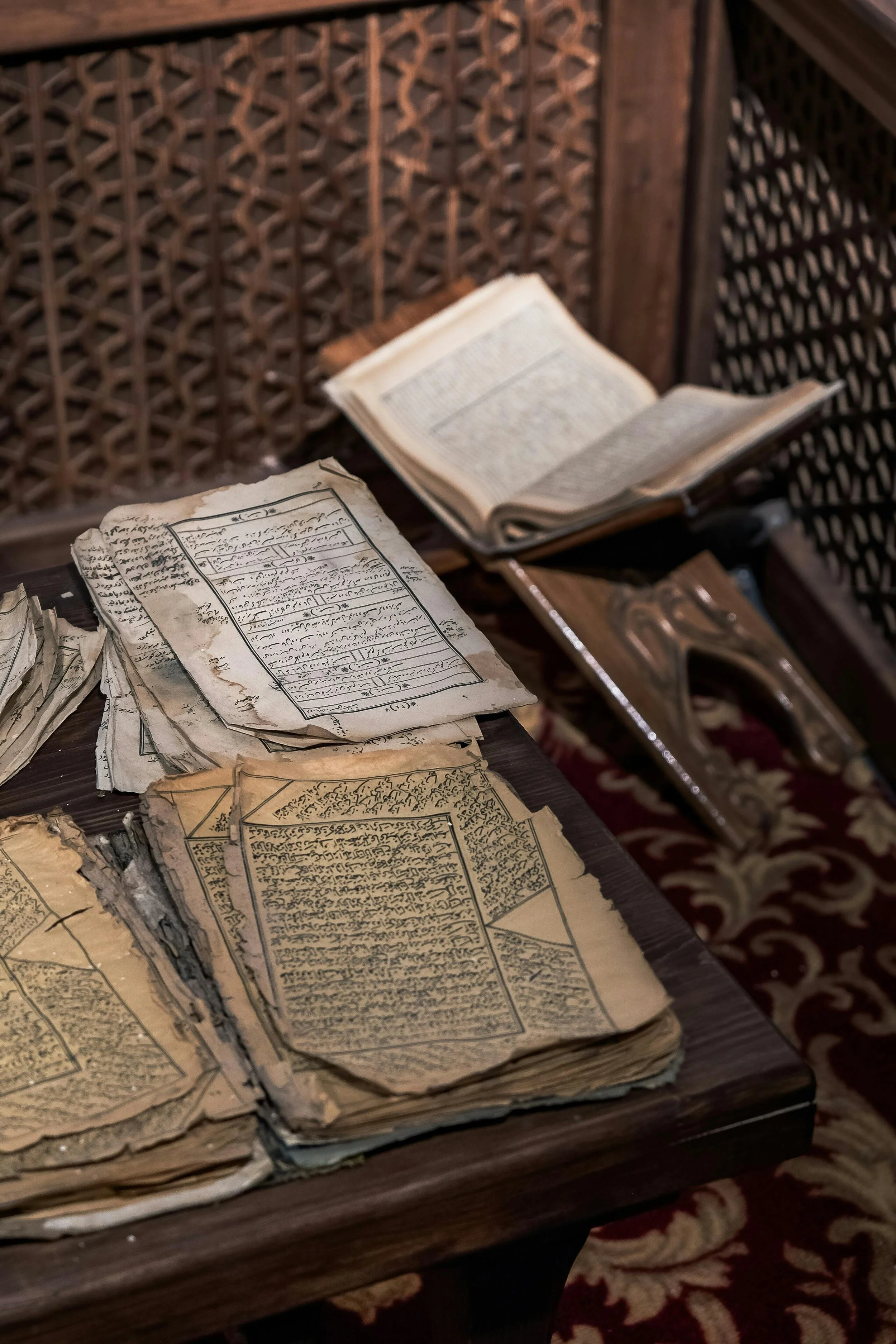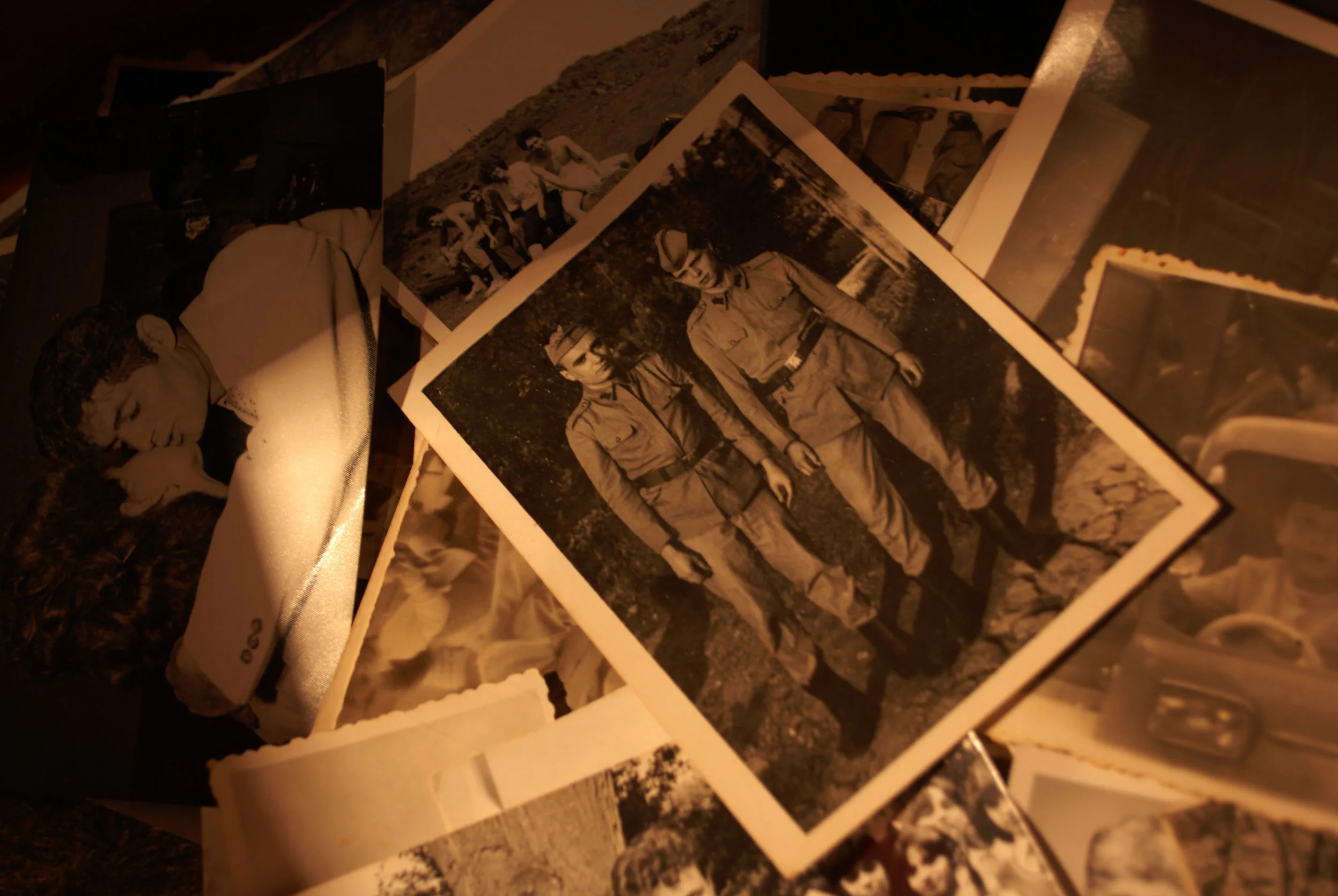Your life is an epic. To those who love you, and to generations yet to be born, it’s as enthralling as a bestseller. It’s a composition crafted since before you entered the world—and it’s still being written.
Digital Preservation Strategies
Digital Preservation Fundamentals
An acute preservation challenge lies in saving digital items. Technology enables us to create, use, and be enriched by information in ways that were unthinkable generations ago. But the same advances that make sharing information so easy also pose some problems. The complexity and diversity of technology is overwhelming, even as storage capacity becomes cheaper. The volume of digital data, unstable storage media, and obsolete hardware and software make the usability of digital items a challenge.
Donating Your Family Archives
How to Save Your Life
As you reflect on your life, what moments or thoughts would you like to save? What about some of your family members? Wouldn’t you like to record their opinions on their lives?
Open-ending questions about people’s life experiences yield surprising results. Use these questions to record your thoughts, or start a conversation with a relative. When possible, record the interview on audio or video.
How to Identify and Date Photographs
In your collections, you will often come across photographs in a format that you cannot identify. These are primarily early photographs. By understanding the type of photograph you have, you can begin to learn when or why it was taken. Knowing the format is also helpful in finding out the best way to preserve the images.
How to Analyze Historic Photographs
Photographs contain a wealth of information, but you need to build your visual literacy to extract clues. The social history context that photographs provide is especially important for groups who have historically not been represented in text-based archival collections, such as women or people of color. I've gathered some of the techniques I use when conducting historical analysis of photographs.
What Does "Archival Quality" Mean?
When you are creating your family archives, you will most likely have to rehouse your family treasures in suitable storage containers, such as folders, enclosures, and boxes. These items are often described as “archival” or “archival quality” by their manufacturers, but these terms convey no specifics about their preservation use.
Copyright Fundamentals for Family Historians
It may seem as though you wouldn’t have to worry about copyright issues when you are creating family history projects. If you have original diaries, photos, and letters in your possession, you might also think that you own the rights to them, especially if they are old. However, even though you may own the physical materials, the author of the documents retains their legal copyright, sometimes for much longer than you would assume.














